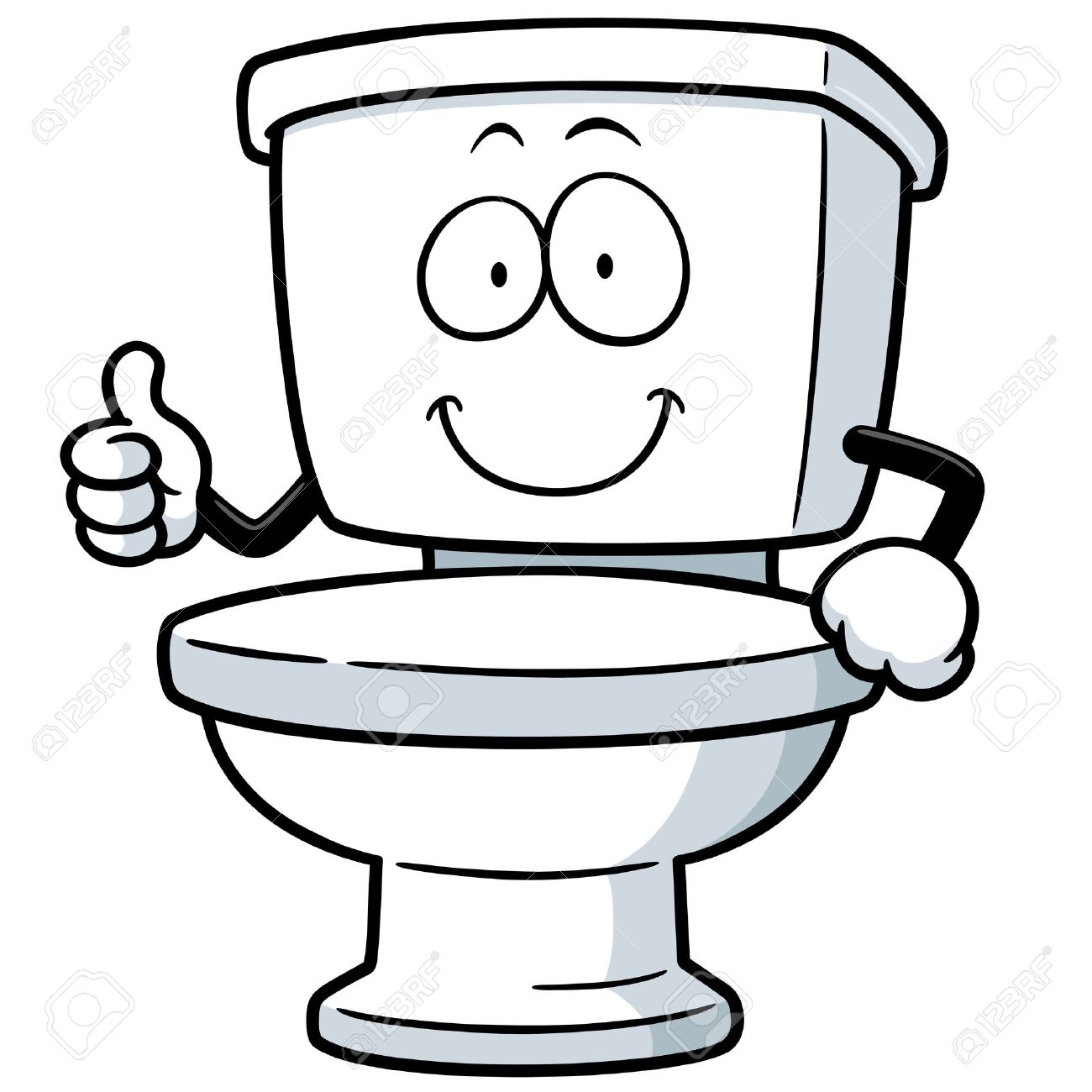Going to the toilet. It’s not something we talk about a lot but having good toilet habits can make a big difference with continence and gastrointestinal health. So let’s chat!
Toilet position
How you sit on the toilet can affect the position of your bladder and bowel, and therefore how well these are emptied. Mimic a squat position by sitting on the toilet with a slight forward lean, with your elbows on your thighs and your knees slightly elevated. You can elevate your knees by raising your heels, onto your tip toes – or many people find the use of a foot stool helps, especially if you are short or the toilet is high.
Don’t rush!
Take your time to relax and fully empty your bladder or bowels. Partially emptying your bladder has been associated with increased risk of bladder and urinary tract infections, and not fully emptying your bowels can play a role in constipation. Sometimes you might need to shift positions for this to happen –moveback with your body and then forward again, or stay on the toilet just a little longer after you think you have finished and see if there is any more to empty – this is called double voiding.
Relax – don’t force it!
Do you use your abdominal muscles to force out urine or do your strain to empty your bowels? Stop! This can put excessive pressure on your pelvic floor muscles and rectum. You should be completely relaxed in your abdominals and buttocks. Your bladder empties by the contraction of the detrusor muscle and our bowels empty by the peristaltic (automatic wave like motion) movement of the colon (large intestine). They shouldn’t need extra help. Your urine stream should be fairly smooth and continuous, not start stop. Trouble starting the flow of urine could indicate overactivity in your pelvic floor muscles.
Say no to ‘just in case’ toileting!
Going to the toilet when you don’t really have to go can confuse your bladder. Never allowing it to be full trains your bladder to signal your brain that it is full at lower volumes. Over time you will get an urgency to pee much more frequently with smaller amounts. It’s a vicious cycle! Roughly, it is normal to urinate 4-8 times a day. Our bladders can hold around 400-600 ml when full and we usually get the sensation ‘to go’ at around 200-300 ml. Don’t make going to the toilet ‘just in case’ a habit!
Hydration & diet
Drinking enough fluid is important for bladder and bowel health. The type of fluid matters. Avoid excessive caffeinated and high sugar drinks. Caffeine is a diuretic, which means it causes increased production of urine and can leave you dehydrated! Caffeine and high sugar drinks have also been linked to worsening the symptoms of over active bladder and urge incontinence. The type of food you eat effects the softness and form of your stool/faeces and therefore how easily it is passed in defecation. For further information you can chat to our Dietician.
Keeping physically active
Did you know that keeping physically active helps with gastric motility? That’s right, it aids in the treatment and prevention of constipation and regular bowel movements. What doesn’t exercise do?!
Finally, leaking or wetting yourself can be common but it is not normal. See your Physiotherapist to discuss your symptoms and formulate a plan to help.
If you have any questions, feel free to chat to your Physiotherapist – we are always happy to talk toilet!
~Sarah Jarvie

